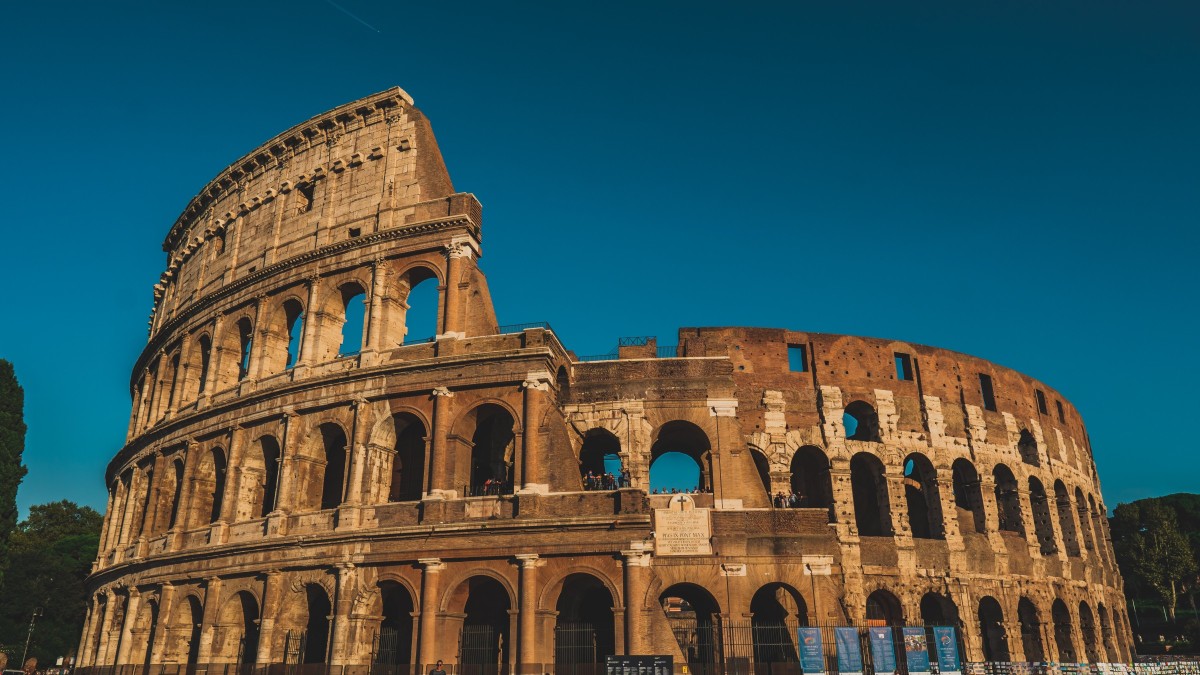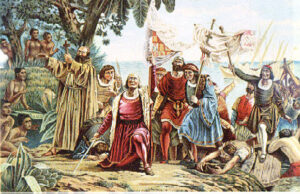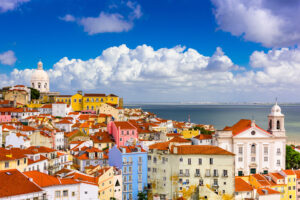The Romans ruled Portugal from the 2nd century BC to the early 5th century AD. This was a very important moment that changed the culture, infrastructure and society of the region. During Roman times, Portugal was known as Lusitania. When it became part of the Roman Empire, it brought with it enormous changes that laid the foundation for its future growth. This historical tour looks at the most important parts of Portugal’s period under Roman rule and shows how these changes still affect the country today.
The Takeover of Lusitania and Its Integration
In the 3rd century BC, the Romans began to occupy the Iberian Peninsula. They did this because they wanted to expand their power and control valuable resources. The region that would become Portugal initially resisted Roman rule. It was home to many Celtic groups, including the Lusitanians. It is said that in the mid-2nd century BC, the legendary chieftain Viriatus led the fierce Lusitanians to wage a successful guerrilla war against the Romans. Despite all these efforts, the Roman legions eventually defeated the Lusitanians. By 139 BC, most of the country was under Roman control.
In 27 BC, the province of Lusitania was officially established under Emperor Augustus, and Lusitania officially became part of the Roman Empire. Emerita Augusta was the capital of the province, now known as Merida in Spain, and became the center of Roman culture and government. When Lusitania joined the Roman Empire, Roman laws, customs, and infrastructure spread more easily throughout the region.
Building cities and roads
Roman rule improved cities and roads, one of the most important things they did for Portugal. Many cities were built by the Romans, many of which are still important today. Olisipo (Lisbon), Bracara Augusta (Braga), and Conimbriga are some well-known examples. The grid layout, public buildings, and amenities such as baths, theaters, and forums show that these cities were well thought out.
Building roads and bridges was another area that showed Roman influence. Large Roman road systems, known as viae, made it easier for people to trade, communicate, and move armies throughout the province. The Via Lusitanorum was one of the most important roads in Rome, connecting major cities and promoting mutual economic development. The remains of these roads and bridges can still be seen in various parts of Portugal, showing how good the Romans were at architecture.
Economic Well-being
During the Roman period, the economy of Lusitania thrived, as natural resources were exploited to make money and a well-functioning trade network was established. Large quantities of metals such as gold, silver, and tin were found in the area and were mined and shipped throughout the Roman Empire. Because Lusitania had so many resources, it was an important economic center for the empire.
Agriculture also developed well under Roman rule, with new farming methods and crops being brought to the area. The Romans grew wheat, olives and grapes, and this was the birthplace of Portugal’s long agricultural tradition and in particular its famous wine industry. By building large estates called haciendas and using slaves to work on the estates, farmers were able to produce more food.
Trade was very important to the economic growth of Roman Lusitania. The province’s location on the Atlantic coast and the Tagus River made it easy to conduct maritime trade with other parts of the Roman Empire and other countries. Oricibo was a port city that later developed into a busy commercial center, connecting Lusitania to the main trade routes of the Atlantic Ocean and the Mediterranean Sea.
Cultural and social changes
Portuguese culture and society underwent enormous changes during the Roman period. Roman religion, culture and language had a great influence on the people who lived there before. Latin, spoken by the Romans, became the lingua franca of the region and eventually became Portuguese. When the Romans occupied Lusitania, they brought with them their customs, clothing, and architectural styles.
Under Roman rule, the lifestyle of the people of Lusitania changed dramatically. Tribes were replaced by a hierarchical society in which Roman citizens, local elites, and freed slaves held important positions. By giving Roman citizenship to the people living in the area, they were made T. Beautiful and technologically advanced Roman architecture has left an indelible mark on the region. One of the largest and best preserved Roman ruins in Portugal is the ruins of Conimbriga. They show the beauty of the Roman city when it was built. The site has beautiful mosaics, public baths and a very advanced water system.
The Portuguese landscape is also filled with Roman theatres, amphitheatres and temples that illustrate the religious and cultural life of the time. The Roman Theatre in Lisbon and the Temple of Diana in Évora are two famous examples of architecture from this period that have stood the test of time.
The Roman rule was very conducive to arts and crafts. There are many small details in the mosaics, sculptures and pottery. Roman homes and public buildings were notable for the use of colourful mosaics to decorate floors and walls. The works of art not only show the skills of local artists, but also scenes from mythology, daily life and nature.
Fall and Legacy
In the fifth century AD, with the decline of the Roman Empire, Roman rule over Lusitania also came to an end. Germanic tribes such as the Soviets and Visigoths invaded the area, causing the collapse of the government and eventually leading to the fall of Roman rule. Regardless, the Roman period left a lasting mark on the subsequent culture and society of Portugal.
The Romanization of Lusitania was the first step in the construction of the Portuguese language, legal system and urban infrastructure. Roman, Celtic and Germanic traditions merged into a unique culture that continued to change over the centuries.
Conclusion
Roman rule in Portugal was a period of great change that had a long-lasting impact on the culture, economy and society of the region. When Lusitania became part of the Roman Empire, it brought many changes, such as the development of cities, improvements in infrastructure, economic growth and cultural integration. Roman artifacts and ruins can still be seen throughout Portugal. They show how the Romans built and decorated their homes. Learning about Portugal’s Roman heritage is a great way to understand the country’s history and the lasting impact of one of the world’s greatest empires.



